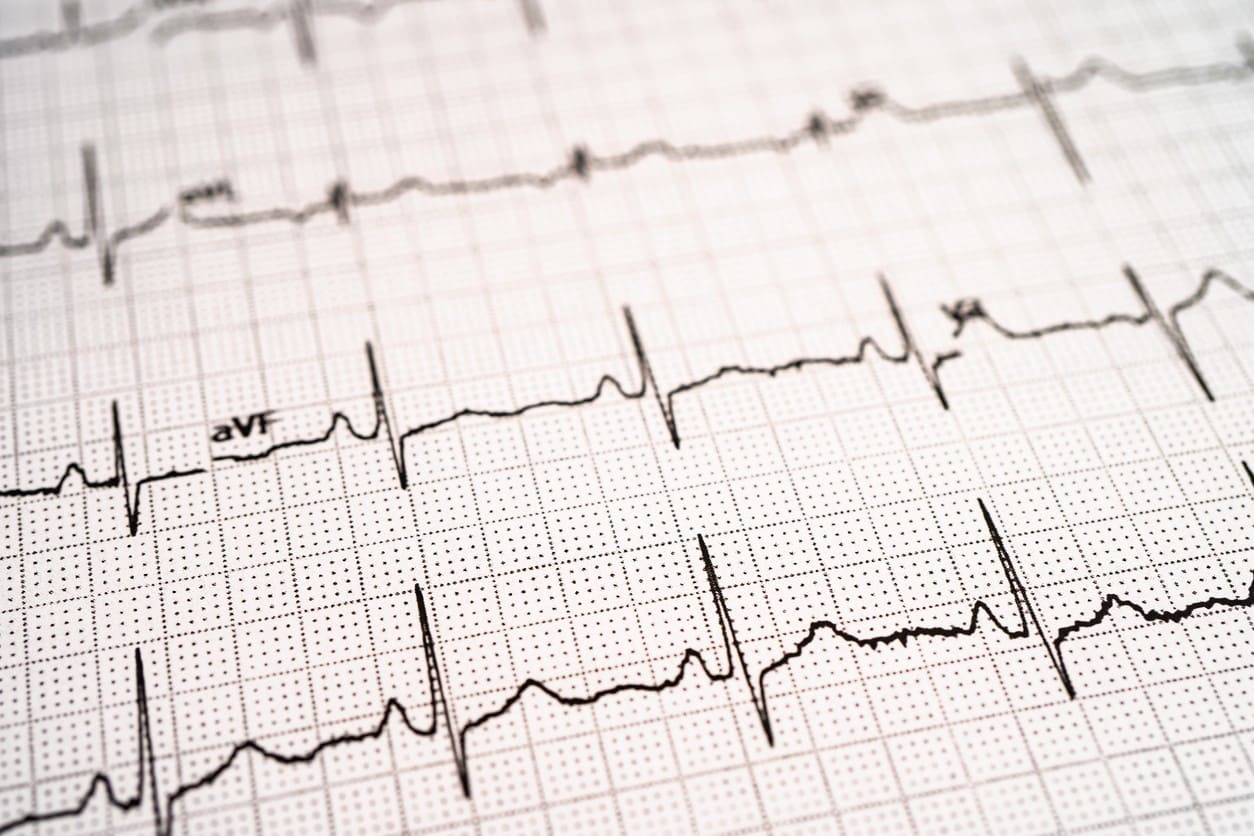Hexarelin, a synthetic growth hormone-releasing peptide, appears to bind to and trigger the brain’s growth hormone secretagogue receptor (GHSR) like its natural analog ghrelin. However, the peripheral distribution of GHSR in the heart and blood vessels suggests that Hexarelin peptide may influence cardiovascular functions directly.
The non-GHSR CD36 further acts as a specific cardiac receptor for Hexarelin peptide. Researchers have speculated that it may exhibit greater stability and potency compared to ghrelin. The cardiac action of Hexarelin peptide was reported to be mediated in part by GHSR 1a and largely by activation of the CD36 receptor in isolated working hearts. In this concise review, we discuss the current research on the cardiovascular action of Hexarelin.
Potential Cardiovascular Action of Hexarelin Peptide
Inotropic effect
Researchers have suggest that acute and direct influence of Hexarelin peptide may induce a short-lasting, positive inotropic effect. Hexarelin exposure was reported to increase LVEF, cardiac output, and cardiac index while decreasing the wedge pressure.
Inhibition of apoptosis
Hexarelin peptide may significantly decrease angiotensin II-induced apoptosis and DNA fragmentation and increase myocyte viability in neonatal rat cardiomyocytes. It further has the potential to inhibit doxorubicin-induced apoptosis and promote the survival of H9c2 cardiomyocytes and endothelial cells. Chronic exposure of Hexarelin peptide thus may potentially inhibit stress-induced neurohormonal activation and cardiomyocyte apoptosis.
Ischemia-reperfusion injury
Researchers reported that Hexarelin peptide had the potential to enhance cardiomyocytes’ electrophysiological properties after ischemia-reperfusion injury, inhibit cardiomyocyte apoptosis, and promote cell survival by modifying mitogen-activated protein kinase pathways. Finally, studies suggested its potential to produce a positive inotropic effect on ischemic cardiomyocytes.
The chronic exposure of the peptide to growth hormone-deficient rats in laboratory experiments was observed to protect against ischemic and post-ischemic ventricular dysfunction and prevented hyper-responsiveness of the coronary vascular bed to angiotensin II in perfused hearts.
Myocardial infarction
Compared with normal saline, Hexarelin peptide introduction appeared to have the potential to increase stroke volume, stroke volume index, cardiac output, cardiac index, and decrease total peripheral resistance. This potential was reported across multiple research studies.
Cardiac fibrosis
Introduction of the peptide in spontaneously hypertensive rats was reported to significantly decrease cardiac fibrosis by reducing interstitial and perivascular myocardial collagen deposition and myocardial hydroxyproline content and reducing collagen I and III mRNA and protein expression.
In addition, Hexarelin peptide was suggested by researchers to potentially increase matrix metalloproteinase-2 and -9 activities and reduce myocardial mRNA expression of the tissue inhibitor of metalloproteinase-1.
Atherosclerosis
The anti-atherosclerotic activity of the peptide was observed in adult Sprague-Dawley rats. Exposure to the peptide appeared to have suppressed atherosclerotic plaques and neointima formation, partially reversed serum high-density lipoprotein cholesterol/low-density lipoprotein cholesterol ratio, and improved serum nitric oxide levels and aortic mRNA expression of endothelial nitric oxide synthase, GHSRs, and CD36 in atherosclerotic rats.
Furthermore, chronic exposure to Hexarelin peptide was reported not to have altered the high triglyceride levels and may also have significantly decreased plasma cholesterol concentrations in obese rats. Further studies are required to validate the peptide’s mechanism of action.
Hexarelin Peptide and the Cardiac Receptor
Studies have suggested the potential cardiovascular action of Hexarelin peptide must by nature be growth hormone-independent and may occur through the activation of cardiac receptors. The peptide appeared to increase LVEF in normal and in research models of growth hormone deficiency. It also appeared to prevent cardiac damage after ischemia-reperfusion in hypophysectomized rats indicating that its potential cardioprotective activity may not be due to stimulation of the growth hormone axis.
Hexarelin peptide may potentially bind to targeted cardiac sites. Specific 125I-Tyr-Ala-hexarelin binding was observed in the human cardiovascular system, and the highest 125I-Tyr-Ala-hexarelin levels were detected in the ventricles, followed by atria aorta, coronaries, carotid, endocardium, and vena cava. Currently, two cardiac receptor subtypes have been proposed for Hexarelin peptide.
Cardiac GHSR 1a receptor
The peptide was reported to have the potential to induce expression of GHSR mRNA expression in cardiomyocytes. Further, Hexarelin peptide appeared to significantly prolong action duration, possibly producing positive inotropic effects and preserving electrophysiological properties after ischemia-reperfusion injury in isolated myocytes. This potential was suggested to be mediated by the GHSR 1a receptor.
Cardiac CD36 receptor
CD36, a multifunctional glycoprotein expressed in cardiomyocytes and microvascular endothelial cells, serves as a specific receptor for the peptide. Hexarelin-mediated activation of CD36 in perfused hearts appeared to have increased coronary perfusion pressure in a concentration-dependent manner. This effect was not observed in hearts from CD36-null mice or spontaneously hypertensive rats genetically deficient in CD36. Further research is ongoing.
Hexarelin vs. Ghrelin
Hexarelin peptide has been suggested by some researchers exhibit higher efficacy on cardiovascular system functioning than its natural analog Ghrelin. However, other studies reported that when GHSR 1a activation was identical, Hexarelin and Ghrelin exhibited similar cardiac effects in the lab setting, although the concentration of ghrelin hormone presence was ten times higher than that of Hexarelin in molar terms. Research also suggested that Ghrelin- and Hexarelin- mediated activation of GHSR 1a exhibited a similar possible protective effect on cardiomyocytes after ischemia-reperfusion injury by inhibiting cardiomyocyte apoptosis and promoting cell survival.
Conclusion
Hexarelin peptide may have the potential to induce cardioprotective activity, as suggested by research studies within the context of cardiovascular conditions such as cardiac fibrosis, ischemic heart disease, cardiac dysfunction, and atherosclerosis, which seem to be mediated through the direct binding and activation of its cardiac receptors CD36 and GHSR 1a.
Since Hexarelin peptide is considered to be a chemically stable synthetic GHS with potentially more potent cardiac impact than its natural analog ghrelin, it may be a potential alternative to ghrelin within the field of cardiovascular disease research. However, prima facie support is obtained from animal and cell line studies and have not extended beyond preclinical research phases.
NOTE: These products are intended for laboratory research use only. This peptide is not intended for personal use. Please review and adhere to our Terms and Conditions before ordering.
